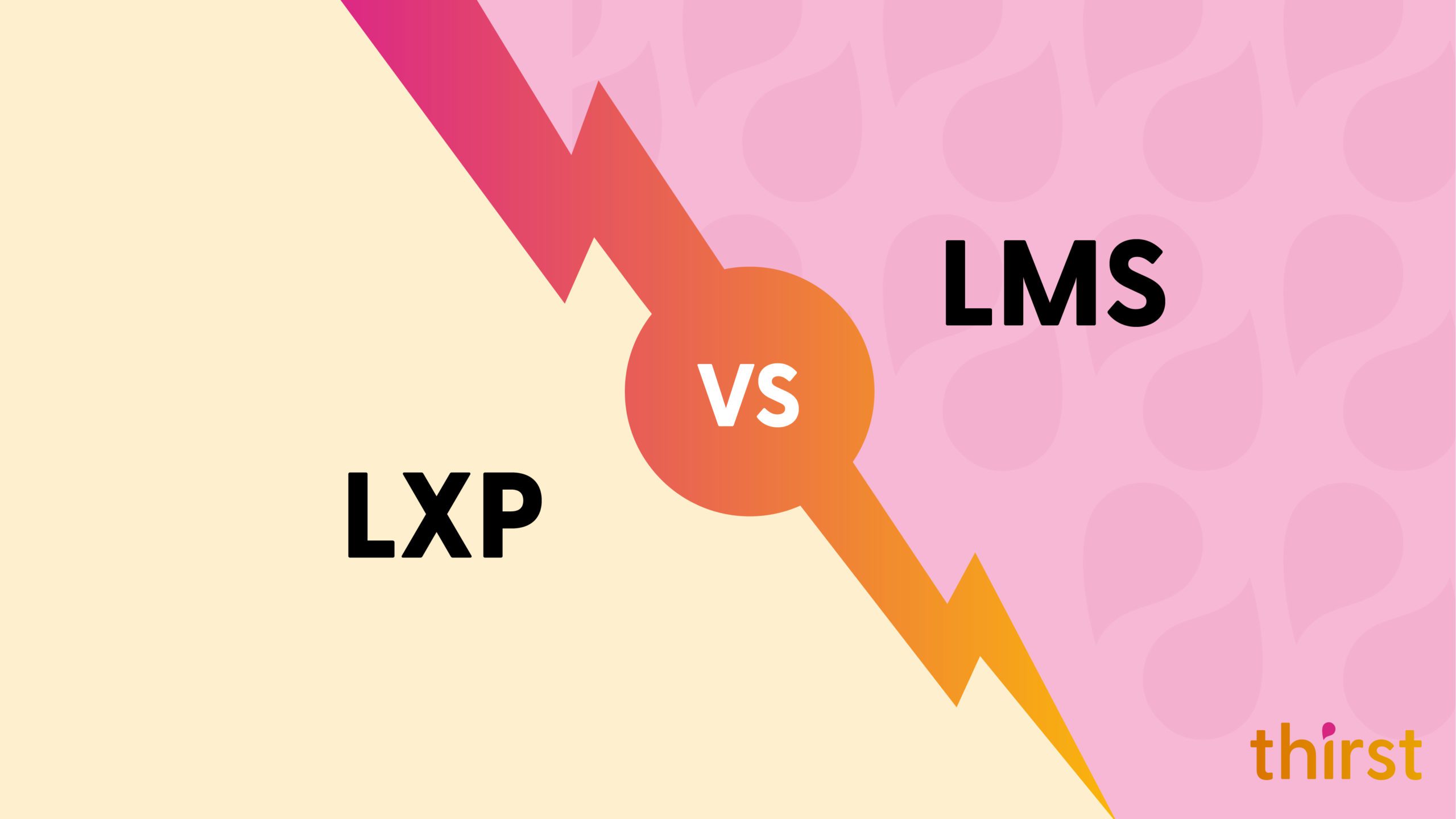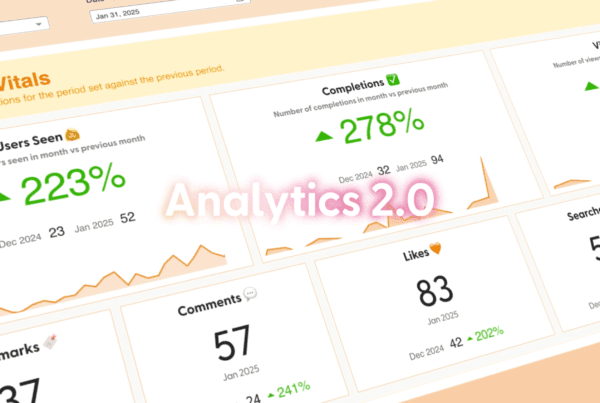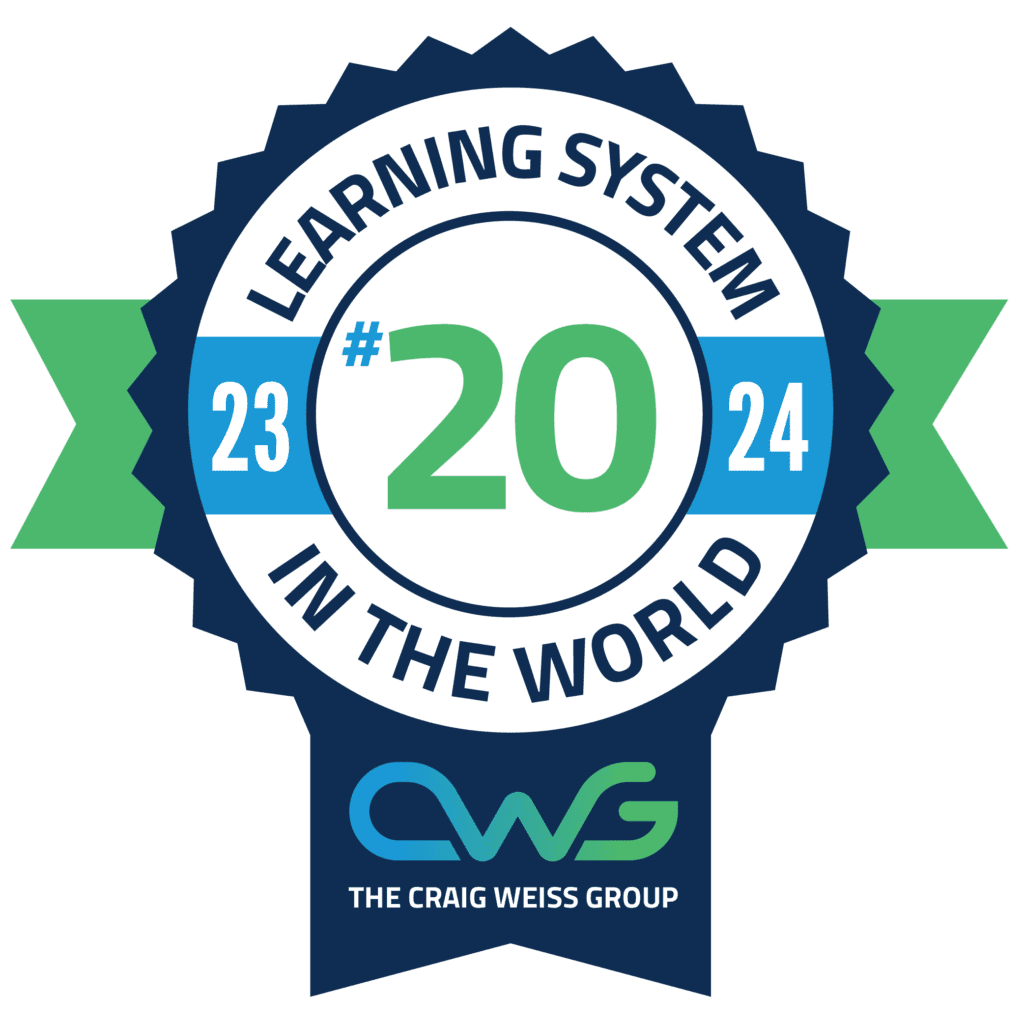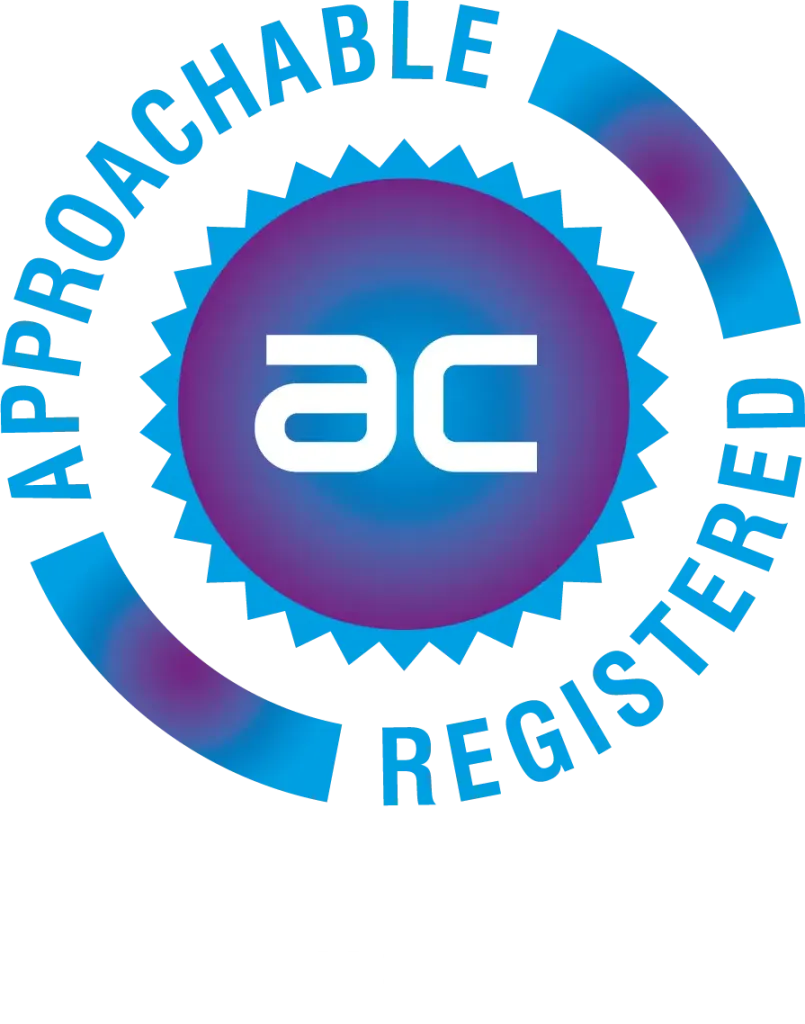Ah, the LXP v LMS debate 🤯 – In the ever-evolving world of learning and development, growth within this sector is heavily influenced by advances in technology and increased customer demands.
This means that the learning platforms supporting the L&D industry must innovate regularly to keep up.
So whether you’re considering a new learning platform provider, simply seeing what’s around in 2025, or rolling out an entirely new L&D process within your organisation, we can help. 🙋🏼
You may have some experience with a learning management system (LMS), but you might not be as familiar with the newer learning experience platform (LXP).
You might assume they are essentially the same, and we can’t blame you, as their names are pretty similar. However, in reality, each of them offers an entirely different approach to learning for those who use them.
In this article, we have highlighted some key points to help you make a well-informed decision when choosing and using a learning platform to support the training and development of your staff.
So, let’s get into it…
What is a Learning Experience Platform (LXP)?
A Learning Experience Platform (LXP) like Thirst is a digital learning tool designed to provide individuals with a more personalised and engaging learning experience.
Unlike traditional Learning Management Systems (LMS), which primarily focus on managing and delivering training content, LXPs are built around the idea of learner-centric experiences.
Rather than being a stand-alone system that delivers structured training courses that an admin has to create, the educational content within an LXP is based on a user’s goals and interests, which the platform pools together from various sources.
Think of an LXP as the Netflix of e-learning. 📺
But, more than that, an LXP allows staff to upskill…
✅ Whenever they want.
✅ Within their own time frame
✅ Based on their interests.
Key features and characteristics of an LXP typically include…
Personalisation 🧑🏻
LXPs use algorithms and user data to tailor learning content and recommendations to each individual’s needs and preferences. This helps learners access relevant materials and resources more effectively and efficiently.
Take a look at how an LXP like Thirst can help with personalised learning! 🚀
Content Curation 🎙️
LXPs often include features for content curation, allowing administrators or learners to collect, organise, and share learning resources such as articles, videos, podcasts and courses.
Social Learning 🧑🏽🤝🧑🏽
Many LXPs incorporate social and collaborative features, enabling learners to interact, share insights, and collaborate with peers, mentors, and experts within the platform.
Thirst is a social learning platform that can help foster a culture of collaboration – Find out how HERE
Analytics and Insights 📊
LXPs provide detailed analytics and reporting tools to track learners’ progress, engagement, and areas that may need improvement. This data helps organisations refine their training strategies.
Did you know that Thirst can give you key insights into learner engagement, behaviour and skill development to optimise and improve L&D across your organisation? 🌟
Mobile-Friendly 📱
Learning on the go made easier! LXPs are typically designed with mobile responsiveness in mind, making learning accessible on various devices, including smartphones and tablets.
User-Generated Content 🗣️
Some LXPs encourage users to create and share their own learning materials, fostering a culture of knowledge sharing and peer-to-peer learning.
Related: Why knowledge sharing is so important for your learning culture.
Integration Capabilities 🔗
LXPs often integrate with other software systems, such as HR and talent management systems, to streamline learning and development processes.
Microlearning 🧩
LXPs support the delivery of bite-sized, easily digestible content that can be consumed on the go, which is especially beneficial for busy professionals.
Gamification 🏆
Many LXPs incorporate gamified elements like badges, leaderboards, and rewards to increase engagement and motivation.
Now that you know what a learning experience platform is, let’s take a look at learning management systems in more detail.
What is a Learning Management System (LMS)?
If you’ve ever delved into the world of online learning, you’ll have likely come across this type of software many times.
Did you know that it’s now estimated that more than 73 million people globally are using some form of LMS to learn? 👀
An LMS is essentially a dashboard-based online learning environment that allows you to create, track and deliver user training courses.
You can create courses to form structured training paths for users by granting them access to certain modules that will help them build specific skills and knowledge they and the business require.
The key point to note here is that, from start to finish, the LMS admin controls the user’s journey.
With that in mind, LMSs are commonly used in educational institutions, corporations, and other entities to streamline and enhance the learning and development processes.
Key features and functionalities of an LMS typically include…
Course Management 👩🏽🏫
LMSs allow administrators to create, organise, and manage courses or training materials.
User Management 👩🏼💻
LMSs enable administrators to add, remove, and manage user accounts, assign courses, and control access levels. Users can include students, employees, or learners of any kind.
Content Delivery ✏️
LMSs provide a platform for delivering content to learners, often with the ability to schedule, automate, and control access to courses and materials.
Tracking and Reporting 📉
LMSs track user progress and performance, offering analytics and reports on completion rates, quiz scores, and other relevant data.
Certification and Compliance 🏆
Some LMSs support issuing certificates upon course completion, which can be valuable for compliance training and professional development.
Integration Capabilities 🔗
LMSs can integrate with other software systems used within your organisation.
What are the main differences between an LMS and LXP?
Now that we’ve looked at what makes an LMS and an LXP let’s focus on the core differences between the two platforms.
Learning Management Systems (LMS) and Learning Experience Platforms (LXP) are both tools used in the field of learning and development.
Still, they have distinct differences in terms of their purpose, functionality, and approach to learning.
Here are seven key differences…
1. Focus on Content vs. Focus on Experience
- LMS: LMSs are primarily content-centric. They are designed to manage and deliver structured training content and courses created by administrators or subject matter experts. LMSs excel in tracking and compliance-focused training.
- LXP: LXPs are user-centric and focus on creating a personalised and engaging learning experience. They aggregate content from various sources, including user-generated content, and prioritise learner choice and self-directed learning.
2. Content Structure
- LMS: LMS content is typically organised in a hierarchical and structured manner, often consisting of courses, modules, and lessons. It follows a traditional approach to learning.
- LXP: Content in LXPs is organised more flexibly, focusing on curated content playlists, recommendations, and user-generated content. It allows for a non-linear learning experience.
3. Personalisation
- LMS: LMSs offer limited personalisation options and usually assign courses based on job roles, departments, or compliance requirements.
- LXP: LXPs heavily emphasise personalisation. They use algorithms to recommend content based on user preferences, learning goals, and past interactions. This enables highly tailored learning experiences.
4. Learning Paths
- LMS: LMSs often have predefined learning paths that follow a structured curriculum. Users progress through courses in a predefined order.
- LXP: LXPs support more flexible learning paths. Users can explore content based on their interests and goals, creating their own unique learning journeys.
Discover how our LXP can help nurture skills development within your organisation.
5. Social and Collaborative Learning
- LMS: While some LMSs offer limited collaboration features, their primary focus is on individual learning and compliance tracking.
- LXP: LXPs prioritise social and collaborative learning. They include features like discussion forums, social feeds, and peer-to-peer knowledge sharing.
6. User-Generated Content
- LMS: LMSs typically do not encourage or support user-generated content creation.
- LXP: LXPs often encourage users to create and share their own content, fostering a culture of knowledge sharing and collaboration.
7. Compliance vs. Informal Learning
- LMS: LMSs are often used for compliance training and structured, formal learning programs.
- LXP: LXPs are more suitable for informal learning, continuous skill development, and self-directed learning.
In summary, while both the LMS and LXP have their respective strengths and use cases, the main distinction lies in their approach to learning.
Thirst is the learning and knowledge platform that your employees will want to use – we have the perfect solution as our LXP prioritises personalised, engaging, and user-driven learning experiences.
If your LMS feels clunky or outdated, or you are simply sold on the idea of an LXP after reading this article, it might be time to consider how an LXP such as Thirst can take your business to the next level.
Thanks to a dedicated portal, employees can now access insights, resources, and company-wide expertise effortlessly, enabling them to build on their skills to learn faster and smarter.
Additionally, Thirst assists in identifying knowledge gaps among individuals and teams, resulting in more thoughtful and precise outputs from your team. 👌
Over 100 L&D teams trust Thirst to support knowledge sharing within their organisation. 🫶
Want to try it for yourself? 🙋♀️
Get a free 1:1 demo of the Thirst platform now.
For more e-learning insights, resources and information, discover the Thirst blog
You may also enjoy:
Why is Constructive Feedback Important? The Ultimate Guide | Hard Skills v Soft Skills: The Main Differences [+Examples] | How to Choose a Learning Platform for Your Organisation







